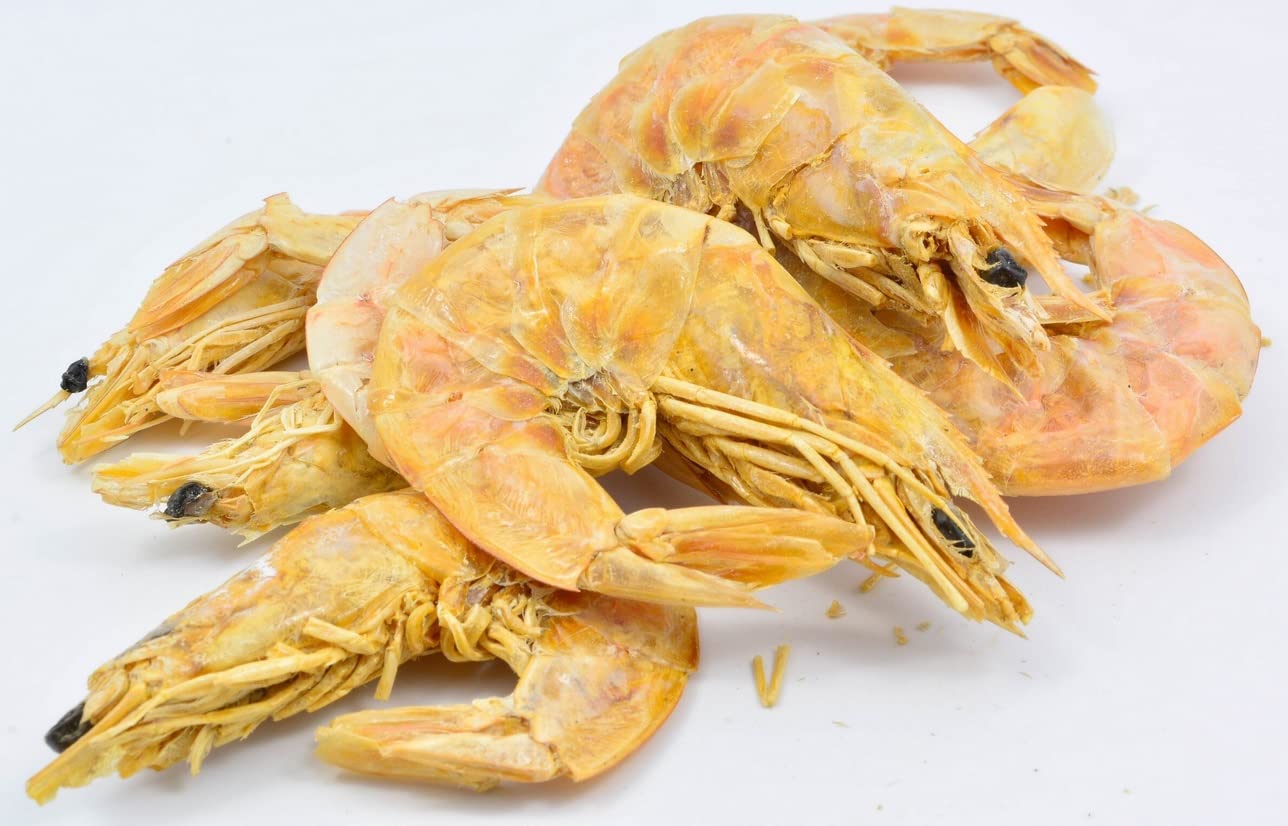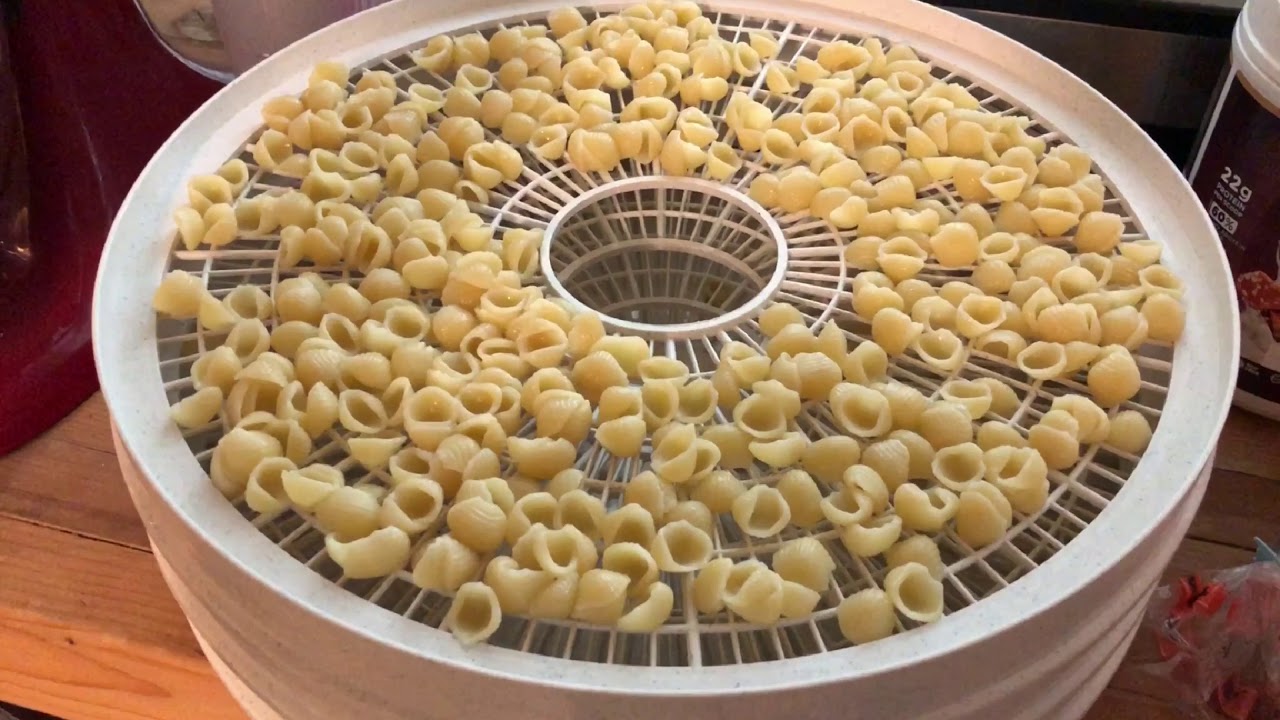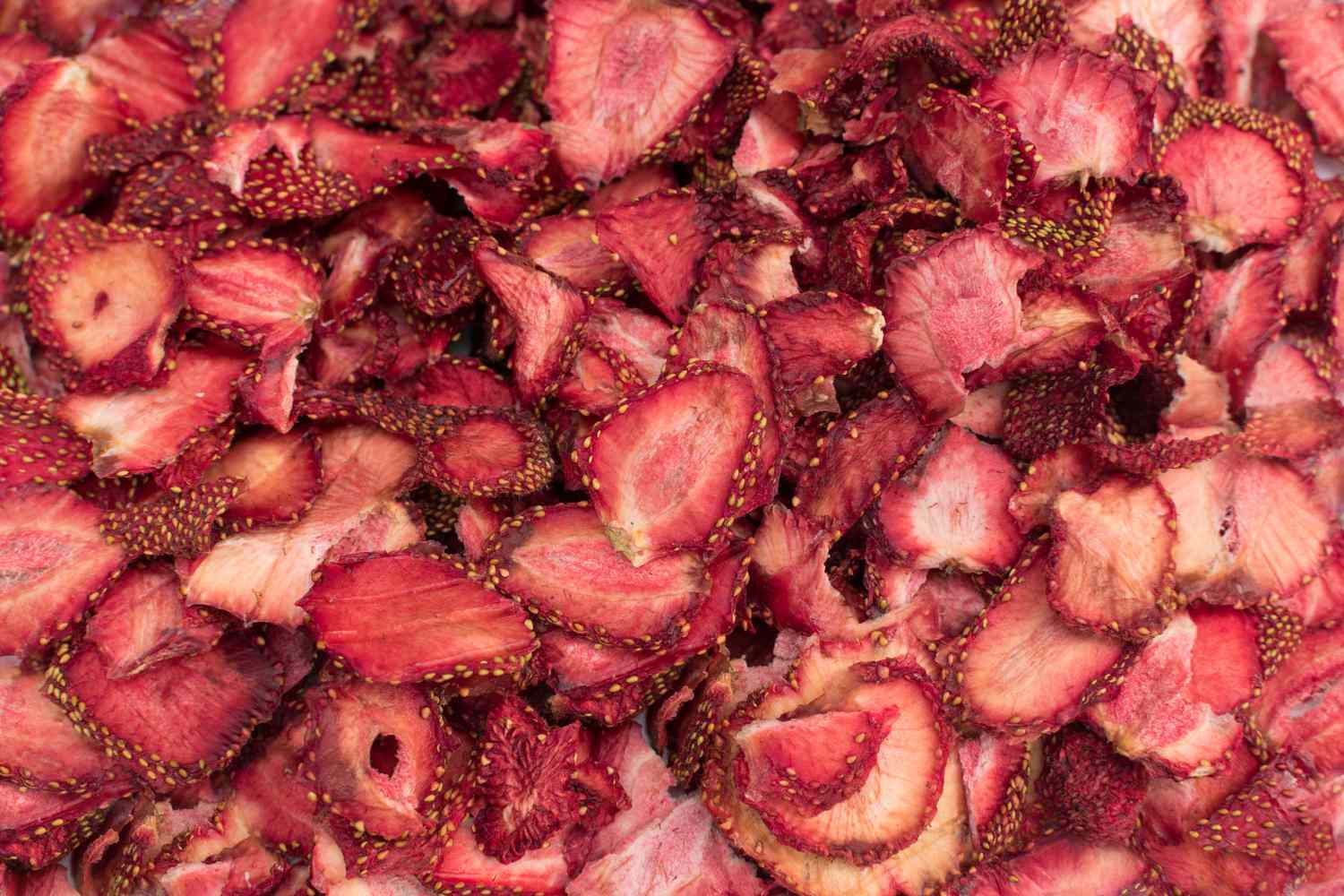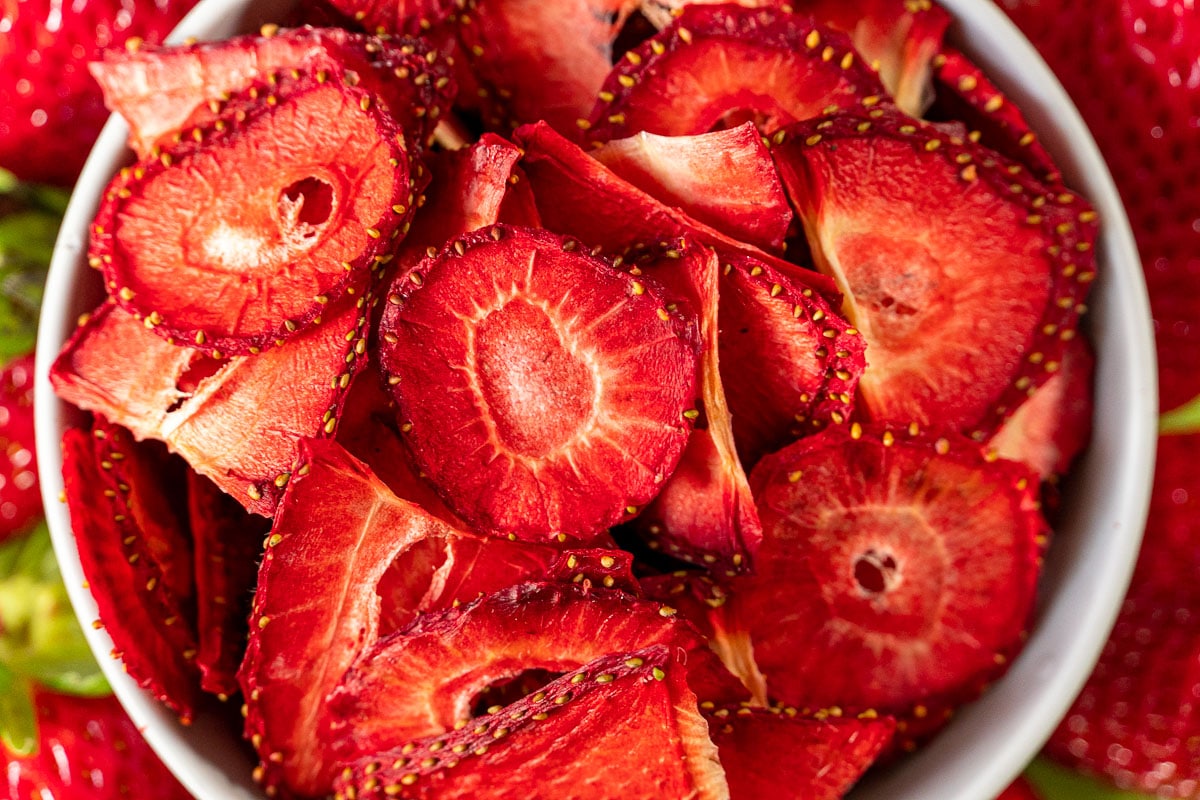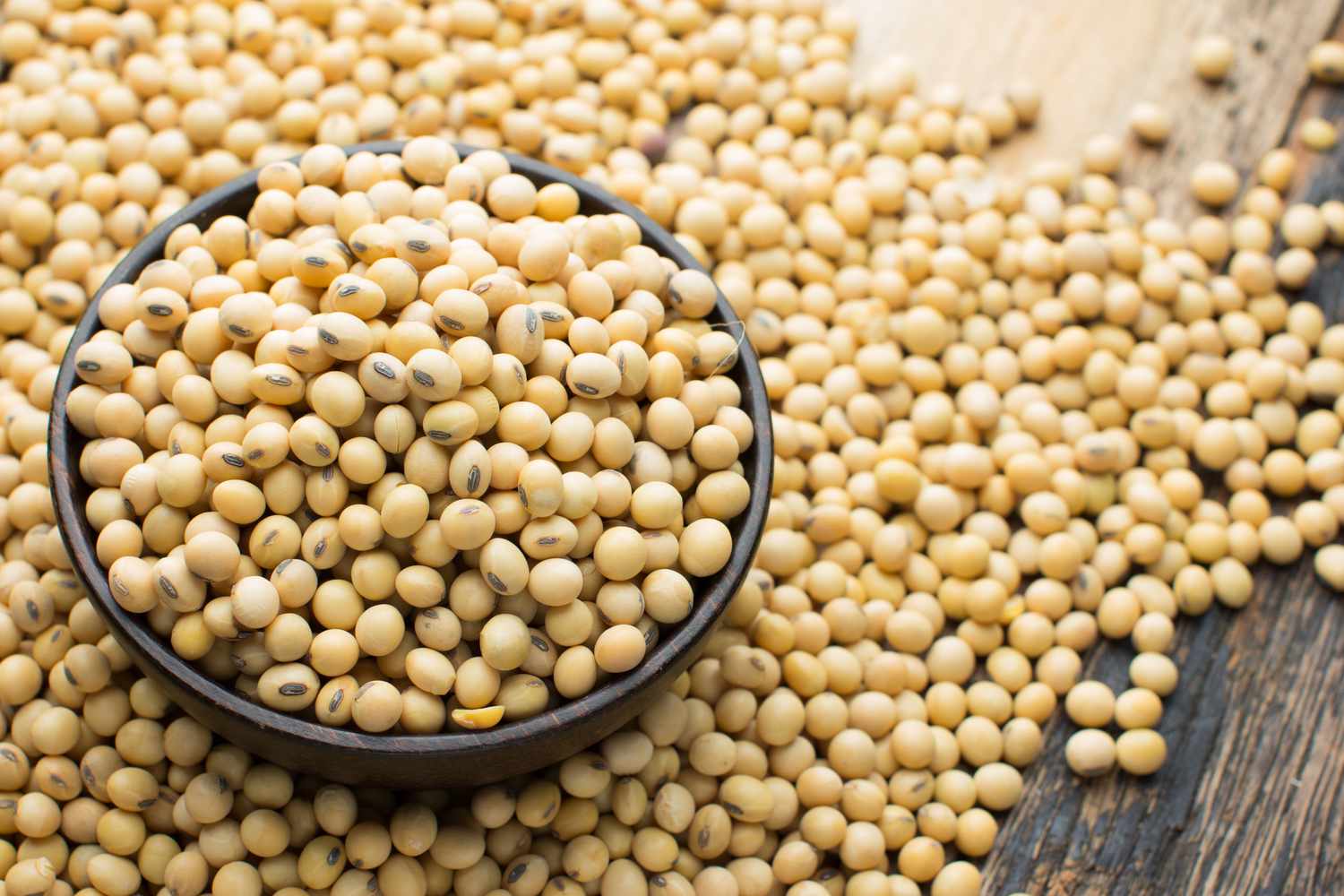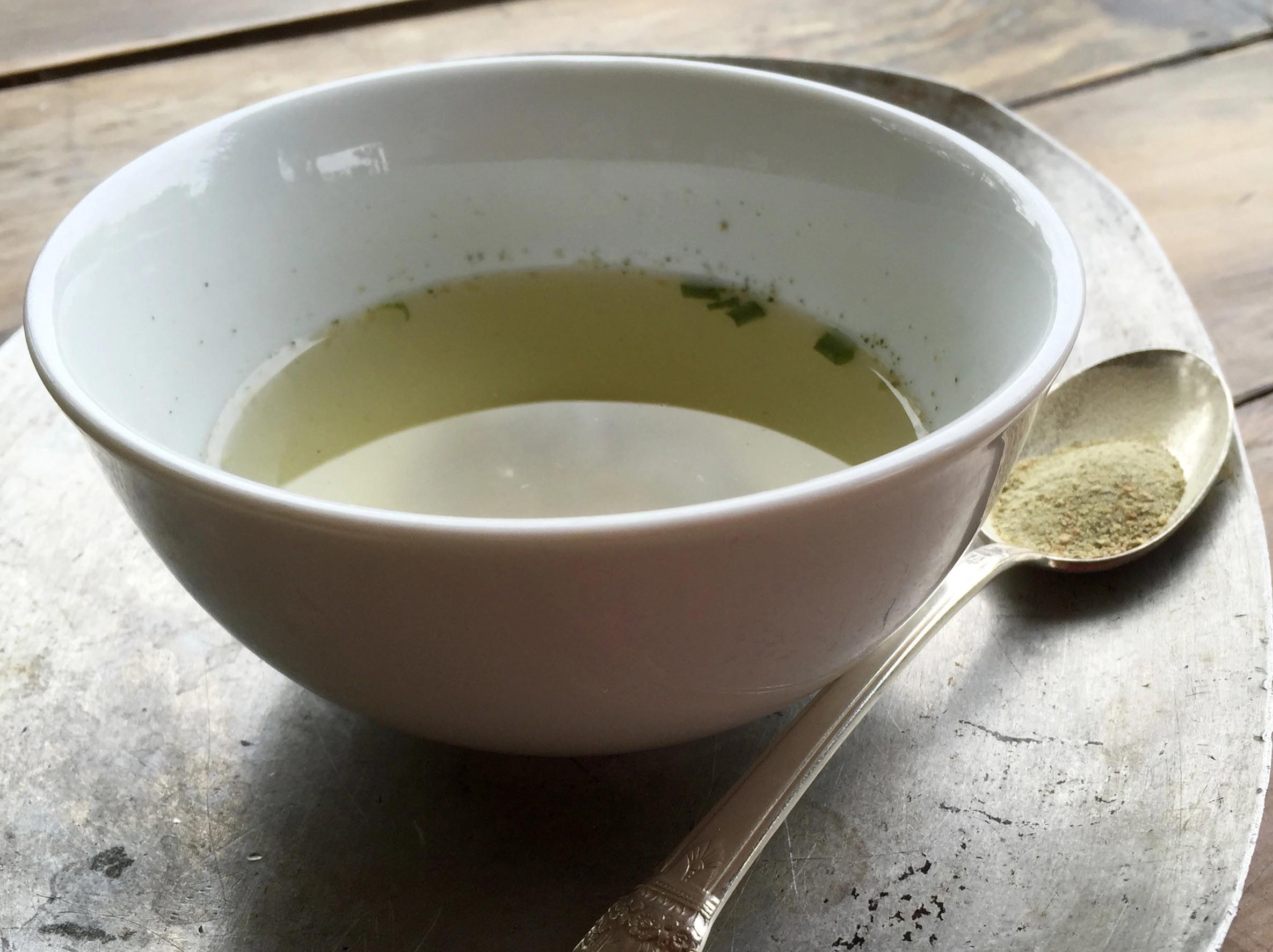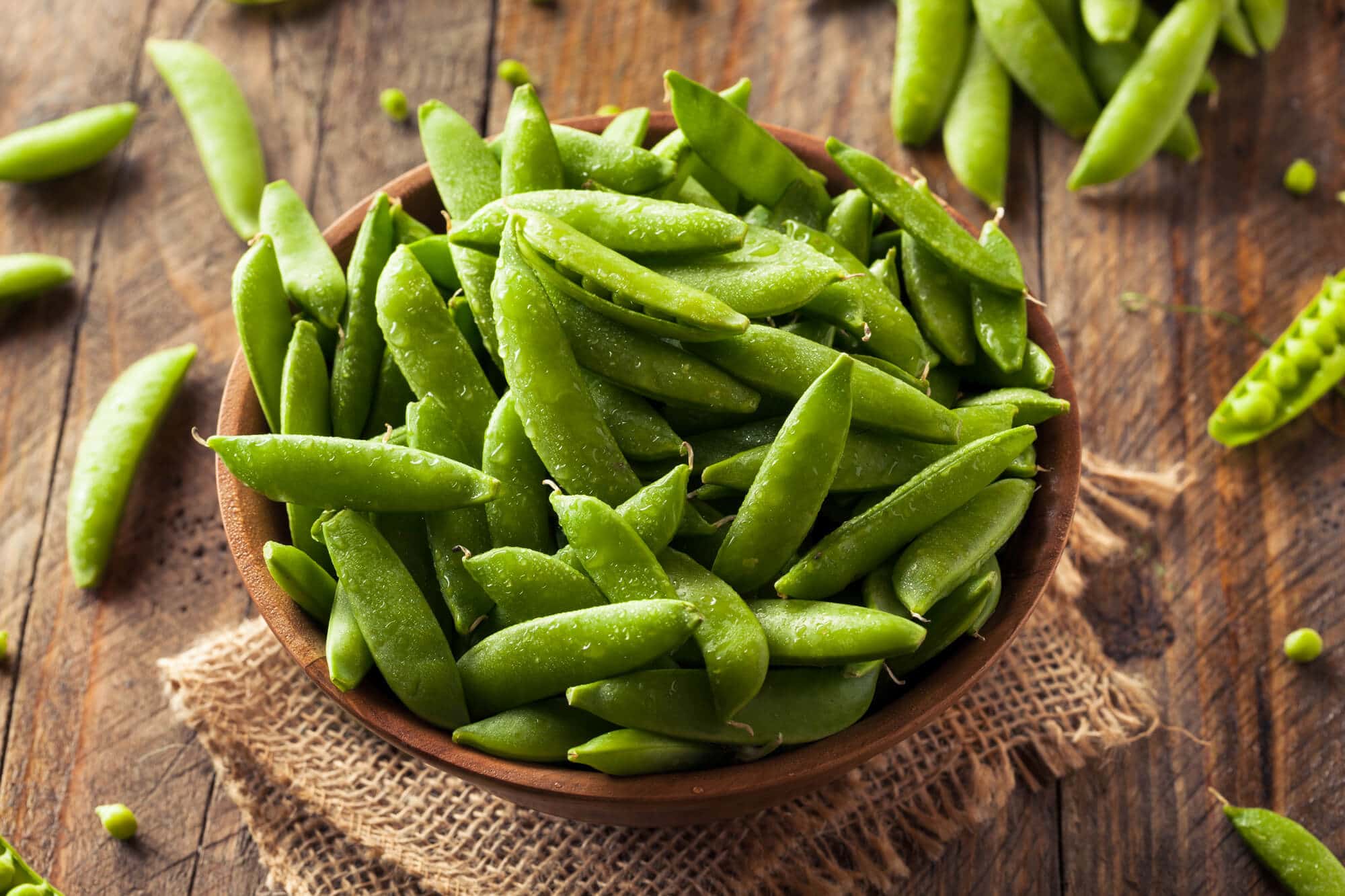Dehydrating Kale: A Nutritious and Convenient Option
Dehydrating kale is a simple and effective way to preserve this nutrient-packed leafy green for long-term use. Whether you want to create your own healthy snacks or ensure you have a supply of kale on hand throughout the year, dehydrating kale is a valuable skill to have. In this article, we’ll explore the step-by-step process of dehydrating kale at home.
Why Dehydrate Kale?
Kale is known for its exceptional nutritional value. It is rich in vitamins A, C, and K, as well as antioxidants and fiber. Dehydrating kale allows you to retain these essential nutrients while extending its shelf life. Once dehydrated, kale can be stored for months, making it a convenient and accessible ingredient for various recipes.
Steps to Dehydrate Kale
Follow these simple steps to dehydrate kale at home:
- Prepare the Kale: Start by washing the kale leaves thoroughly to remove any dirt or debris. Pat them dry with a clean kitchen towel or paper towels. Remove the tough stems and tear the leaves into bite-sized pieces.
- Blanch the Kale: Blanching the kale in boiling water for a few seconds can help preserve its color and nutrients. After blanching, immediately transfer the kale to a bowl of ice water to stop the cooking process. Drain the kale thoroughly.
- Arrange on Dehydrator Trays: Lay the blanched kale pieces in a single layer on the dehydrator trays. Make sure to leave some space between the pieces to allow for proper air circulation.
- Set the Temperature: Preheat your dehydrator to around 125°F (52°C) for kale. The low temperature will help preserve the nutrients while removing the moisture from the leaves.
- Dehydrate the Kale: Place the trays in the dehydrator and allow the kale to dry for 4-6 hours. Check the kale periodically and rotate the trays for even drying.
- Check for Dryness: The kale is ready when it becomes crispy and breaks easily. If there is any remaining moisture, continue dehydrating for an additional hour, checking regularly.
- Store the Dehydrated Kale: Once the kale is completely dry, allow it to cool to room temperature. Transfer the dehydrated kale to airtight containers or resealable bags. Store in a cool, dark place away from direct sunlight.
Ways to Use Dehydrated Kale
Once you have successfully dehydrated kale, there are numerous ways to incorporate it into your meals and snacks:
- Kale Chips: Toss the dehydrated kale with a drizzle of olive oil and your choice of seasonings, then crisp it up in the oven for a delicious and nutritious snack.
- Smoothies: Add a handful of dehydrated kale to your favorite smoothie recipes for an added nutrient boost.
- Soups and Stews: Rehydrate the kale by soaking it in water or broth, then add it to soups and stews for a hearty and nutritious addition.
- Baked Goods: Incorporate finely ground dehydrated kale into bread, muffin, or pancake batters for a colorful and nutritious twist.
Conclusion
Dehydrating kale is a simple and rewarding process that allows you to enjoy the nutritional benefits of this superfood year-round. By following the steps outlined in this article, you can create your own supply of dehydrated kale to use in a variety of culinary creations. Experiment with different seasonings and recipes to make the most of your dehydrated kale and elevate your dishes with its vibrant color and nutrient-rich profile.
For those looking to incorporate dehydrated kale into their meals, there are several enticing recipes to experiment with. Start with Dehydrated Kale Chips with Sea Salt and Olive Oil for a simple, crunchy snack that's both healthy and flavorful. If you prefer something heartier, the Creamy Potato and Dehydrated Kale Soup offers a comforting bowl of goodness perfect for chilly evenings. For a unique twist on pasta, try the Spaghetti with Dehydrated Kale Pesto, which delivers an earthy flavor that pairs well with any noodle. The Dehydrated Kale and Quinoa Salad is another must-try, combining the nutritious benefits of kale and quinoa for a refreshing meal. Lastly, those with a sweet tooth will find the Dehydrated Kale and Walnut Brownies to be an exciting way to sneak some greens into dessert. Each of these recipes showcases the versatility of dehydrated kale and provides delicious ways to enjoy its benefits.
Was this page helpful?
Read Next: How To Dehydrate Herbs In Oven
